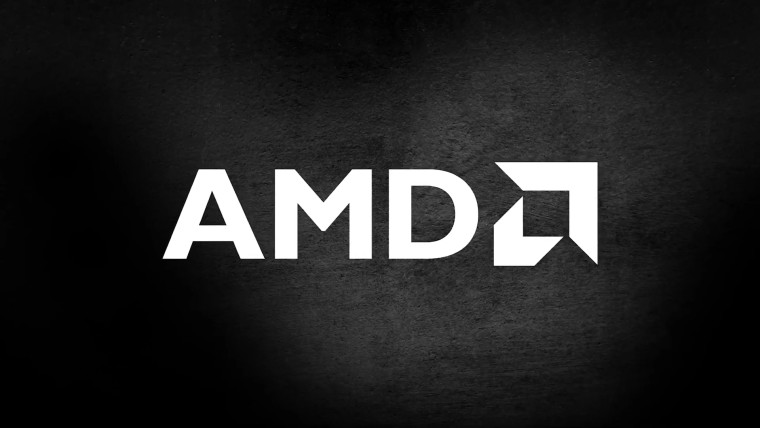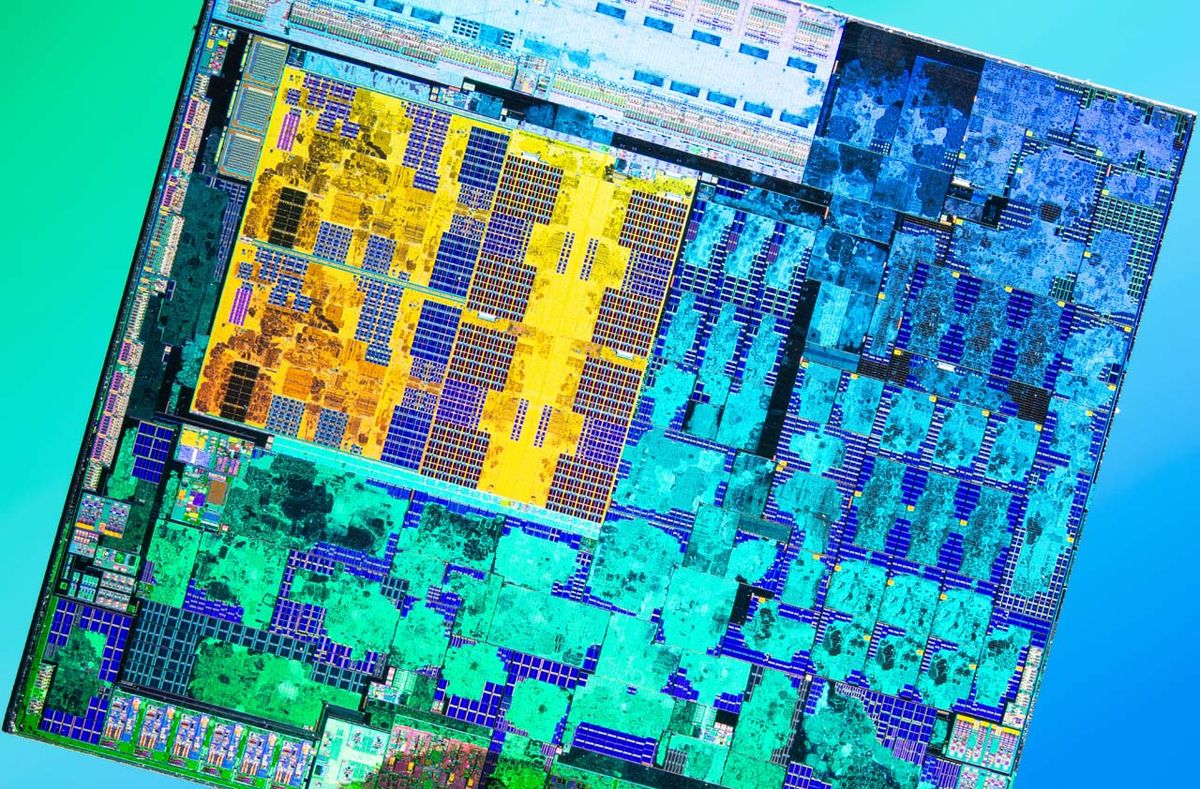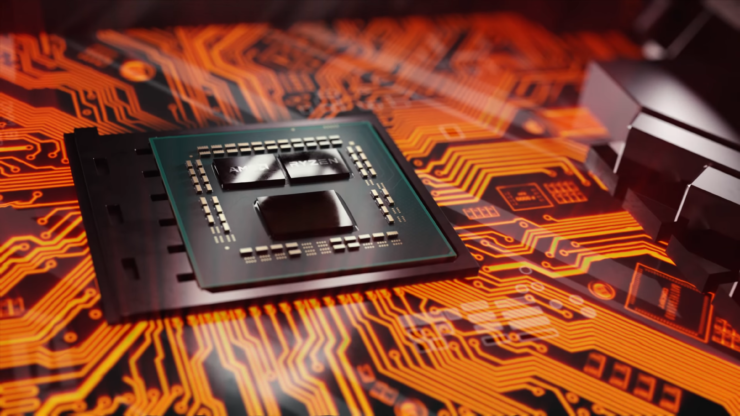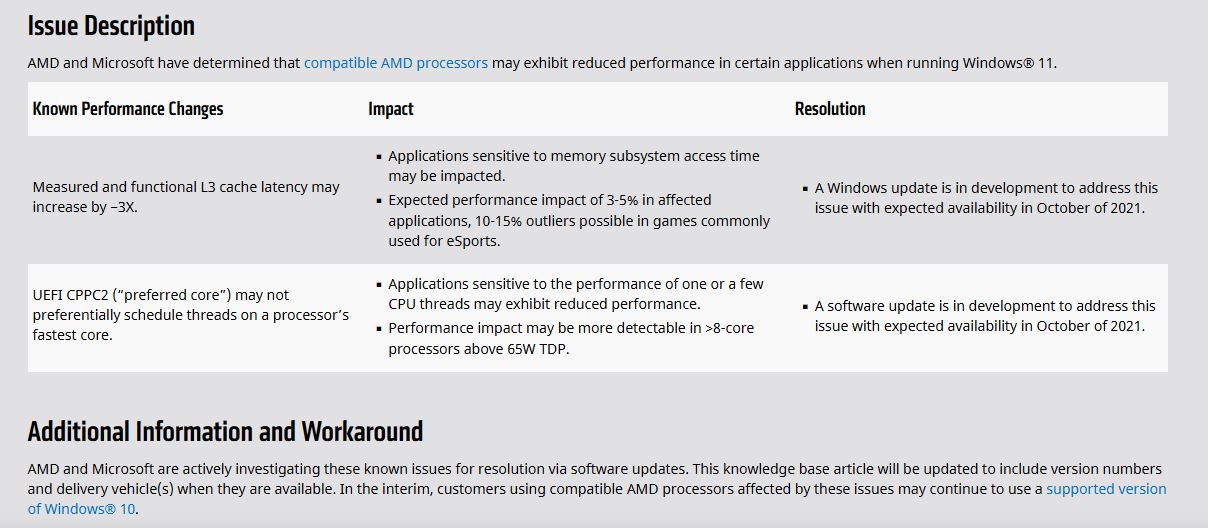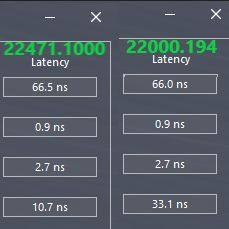Again,
AMD's server market share was only 9.5%, versus an overall marketshare of 22%. If you remove all server CPUs from that calculation, basic mathematics would show you that AMD's marketshare among the remaining markets (e.g. not server) would be higher than 22%. You can't just subtract 9.5% from 22% and get AMD's market share in everything else. That's not how it works!
I am unsure as to how (or even if) AMD's console APUs are included in x86 marketshare analysis since AMD is the only supplier of x86 console CPUs. Including those sales would only serve to muddy any report on the competitiveness of AMD vs Intel (or vice versa). AMD reports console APU sales as a part of their embedded/semi-custom in their earnings calls which really doesn't serve to clarify much. The only thing I can say with confidence is that, in Q2 2021, MS and sony combined shipped ~3.5 million units of their current-gen consoles using AMD's APUs. How AMD counts that against its x86 market share (if at all!) is, again, unclear, since AMD may have booked the earnings from those sales in a previous quarter.
Assuming AMD DID count those shipments against their x86 marketshare for Q2 2021, we can look at the total worldwide shipment of PCs (desktops, laptops, and workstations):
IDC examines consumer markets by devices, applications, networks, and services to provide complete solutions for succeeding in these expanding markets.
www.idc.com
(yes, feel free to remove some or all of the reported sales of Apple "PC"s since new sales are mostly ARM at this point)
Compared to total worldwide PC shipments, that 3.5 million units isn't really a lot of APUs. AMD having a 100% marketshare in the x86 console segment would proportionately not affect their total industry-wide x86 marketshare of 22% by very much. Removing the APU sales would push that number down a little bit, but probably not enough to move the needle downward any more than you would upward if you took out all the EPYC and Threadripper sales to boot (along with their semi-custom stuff which we don't necessarily hear about very often). In fact, the two would probably cancel each other out.
Intel, likewise, has hardware you haven't mentioned at all in the x86 realm that will never run Windows 11 Home or Pro: comm equipment. Lots of little Atoms like Tremont spend their time in comm gear. And God only knows how much of that they sell. So you pretty much have to take THAT out of Intel's corner when calculating the market share that AMD and Intel control of CPUs that could conceivably run Windows 11.
So, yeah, based on what was sold in Q2 2021, 20-30% of x86 sales in CPUs that are not: server, workstation, console, semi-custom, or embedded may well have belonged to AMD.
@LikeLinus ' numbers are probably accurate, or at least accurate enough for the purposes of this conversation.
